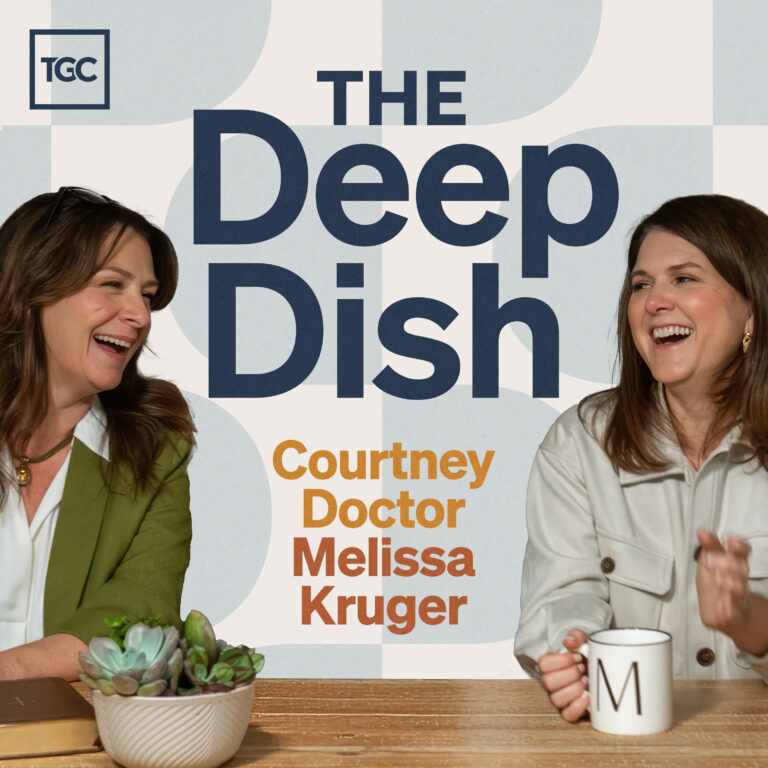The Story
The Supreme Court has agreed to hear a case that might be the death knell of Roe v. Wade.
The Background
On Monday, the Supreme Court granted review of the state of Mississippi’s petition in the case of Dobbs v. Jackson Women’s Health Organization. That case involves a 2018 law passed in Mississippi called the Gestational Age Act, which allows abortions after 15 weeks of gestational age only in medical emergencies or instances of severe fetal abnormality. The law was blocked by lower courts as inconsistent with current judicial precedent that legalizes access to abortion.
The court agreed to take up only one of the three questions posed by the petition: “Whether all pre-viability prohibitions on elective abortions are unconstitutional.” The court will hear oral arguments on the case in its next term, which begins in October.
Current abortion precedent regarding viability and abortion is based on Planned Parenthood v. Casey, which said the “essential holding of Roe v. Wade should be retained and once again reaffirmed.” As applicable to the Dobbs case, the ruling in Casey says:
It must be stated at the outset and with clarity that Roe’s essential holding, the holding we reaffirm, has three parts. First is a recognition of the right of the woman to choose to have an abortion before viability and to obtain it without undue interference from the State. Before viability, the State’s interests are not strong enough to support a prohibition of abortion or the imposition of a substantial obstacle to the woman’s effective right to elect the procedure.
The willingness to hear the case signals that at least four justices on the Supreme Court believe some pre-viability prohibitions on elective abortions might be constitutional.
Why It Matters
Could this finally be the case that dismantles Roe v. Wade? It’s certainly possible. As Ed Whelan says, the Dobbs case “provides the best opportunity this Court will ever have to overturn Roe.” But even if the Court does not directly overturn Roe, a ruling that determines prohibitions prior to viability are constitutional could undermine abortion’s legal precedents.
Viability refers to the stage of development at which an unborn child is capable of living, under normal conditions, outside the uterus. But as the biomedical researcher G. H. Breborowicz explains, “Viability exists as a function of biomedical and technological capacities, which are different in different parts of the world. As a consequence, there is, at the present time, no worldwide, uniform gestational age that defines viability.”
The use of viability as the criterion for when a child in the womb might be killed has always been considered arbitrary, even by bioethicists who otherwise support abortion. Because viability is based in part on technology, it can vary by location. For example, in the United States viability occurs at approximately 24 weeks of gestational age. In Nigeria fetal viability is at 28 weeks of gestation—four weeks later than in the United States. What consistent moral standard says a child is worthy of moral protection if in the womb in the United States but not in Nigeria?
In a recent issue of the Journal of Law and the Biosciences, Elizabeth Chloe Romanis argues that “there is incoherence in the meaning of viability and argues that it is thus a conceptually illegitimate basis on which to ground abortion regulation.” Romanis adds:
There are also pragmatic problems with using a viability threshold to regulate because it is innately arbitrary. Viability is wholly dependent on geography and resources. Moreover, it is moveable and uncertain. The standard of viability in medicine is based on the “human interpretation of statistical probabilities” applied to fetuses as a class.
Despite being arbitrary and incoherent, the viability standard is the primary prop supporting federal legal precedents regarding abortion. If viability falls, Roe will soon follow. As Notre Dame law professor Gerard Bradley points out, “the removal of the judicially created barrier of ‘viability’ could let loose a cascade of pre-viability prohibitions, and in due course test the hypothesis that there is no principled, coherent stopping point between removal of the ‘viability’ standard and flat-out reversal of Roe.”
If the ruling in Dobbs removes the viability standard, then future pre-viability prohibitions are likely to withstand challenges in federal court. “[The viability standard is] one of the few things SCOTUS has not tinkered with since 1973 when it comes to Roe,” says legal historian Mary Ziegler. “If respect for precedent is progressives’ best argument, eliminating viability makes that precedent even more unrecognizable. And the case for overruling gets stronger.”
“And there has never been a strong alternative to viability proposed by pro-choice forces,” Ziegler adds. “So if not viability, what? Abortion foes are banking on six/eight weeks. But once viability is gone, all bets are off.”
“The Most Practical and Engaging Book on Christian Living Apart from the Bible”
 “If you’re going to read just one book on Christian living and how the gospel can be applied in your life, let this be your book.”—Elisa dos Santos, Amazon reviewer.
“If you’re going to read just one book on Christian living and how the gospel can be applied in your life, let this be your book.”—Elisa dos Santos, Amazon reviewer.
In this book, seasoned church planter Jeff Vanderstelt argues that you need to become “gospel fluent”—to think about your life through the truth of the gospel and rehearse it to yourself and others.
We’re delighted to offer the Gospel Fluency: Speaking the Truths of Jesus into the Everyday Stuff of Life ebook (Crossway) to you for FREE today. Click this link to get instant access to a resource that will help you apply the gospel more confidently to every area of your life.


































